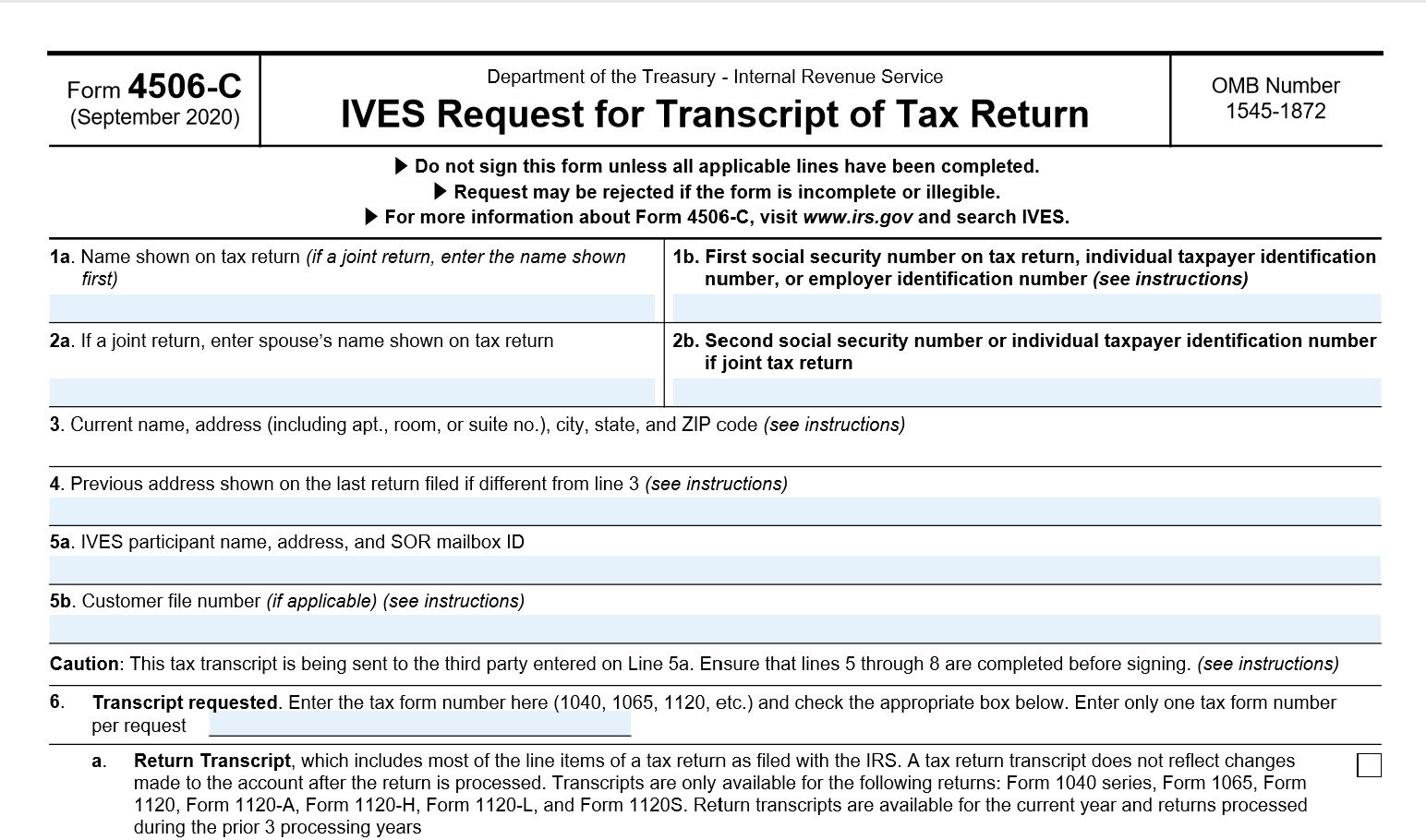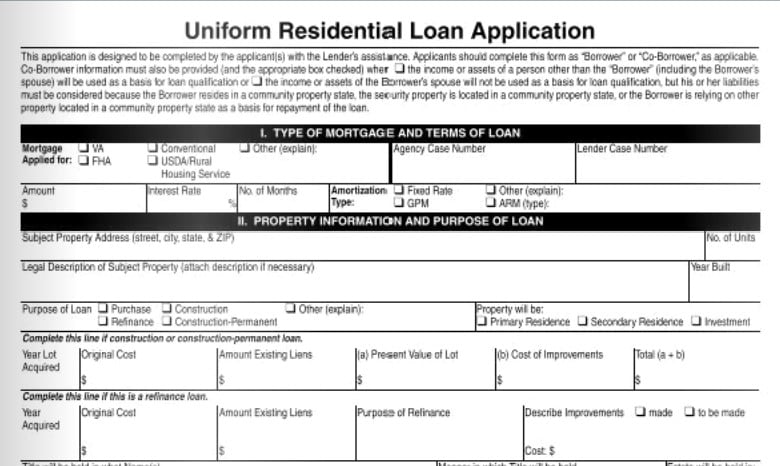Closing a Loan Electronically [eClosing Options]

Subscribers to our Compliance Newsletter already know that more and more states continue to pass laws that support electronic notarization which the mortgage industry now relies on to perform electronic loan closings. But considering those laws, and thinking about how a lender can begin to add electronic closings to their portfolio of services, it is helpful to think about the various types of electronic closings that can be done. These range from a fully electronic closing to various forms of ‘hybrid’ electronic closings (also “hybrid e-closing”).
So, what are these types of closings?
Hybrid E-Closings
A hybrid electronic closing simply means that part of the closing is performed electronically while other parts remain paper-based. What part is performed electronically may vary based on the state law’s support of electronic notaries, or simply the technology available to the lender.
The easiest hybrid e-closing to complete is one where the documents requiring a notary are still paper-based and other documents not requiring a notary are signed electronically using a standard eSign platform such as those used for initial disclosures. In this case, the security instrument and other notarized documents are printed on paper as in a standard closing while other disclosures, and possibly the Note are sent to the borrower via an eSign platform and signed in the closing agent’s office either right before or right after signing the notarized documents on paper.
Another form of hybrid e-closing is where the note is signed on paper, but all notarized documents and all other documents are signed electronically. This may be helpful for a situation where the loan will be sold to an investor who does not accept an electronic note.
Fully Electronic
Of course, the fully electronic closing, without any use of paper, is the ultimate goal of any move to support e-closings, but even here, there are still options. Some states have passed laws supporting simple electronic notarizations. These allow a notary to use an electronic platform to apply their signature and seal, after verifying the borrower’s identity and signatures in person.
Many states have passed laws allowing for remote notarizations which take electronic notarizations a step further. In a remote notary situation, the notary and the borrower need not be in the same physical location but can use two-way audio-video communication to satisfy identity and signature verification requirements. States are striving to make remote notarization safe and reliable by establishing strict requirements for ID verification, tamper proofing and document retention. Remote notarization has been available since 2012 under Virginia law, and is now also available in Montana, Texas, Nevada, and Minnesota.
Regardless of the flavor, borrowers and lenders can save time and make the closing process a more enjoyable experience.
Learn more about DocMagic's seamless and compliant digital platforms for completely paperless eClosings
Let us digitally transform your mortgage process for increased efficiency and ROI. See how by scheduling a demo today.
Topics from this blog: eClosing
BackSearch the Blog
- Recent
- Popular
- Topics










List By Topic
- Compliance (100)
- eClosing (84)
- eSign (71)
- Awards (69)
- Integrations (57)
- Industry Publications (52)
- Total eClose (43)
- eNotes (33)
- Remote Online Notarization (31)
- Document Generation (30)
- eDisclosures (25)
- GSEs (18)
- eVault (18)
- eNotary (16)
- SmartCLOSE (13)
- LoanMagic (12)
- eDelivery (11)
- Philanthropy (8)
- Partnerships (7)
- AutoPrep (3)
- Industry Insight (1)
Subscribe Here
Download the Truliant Federal Credit Union Case Study
Truliant took several key steps to refine its 100% digital eClosing process — including finding the right technology partner.
